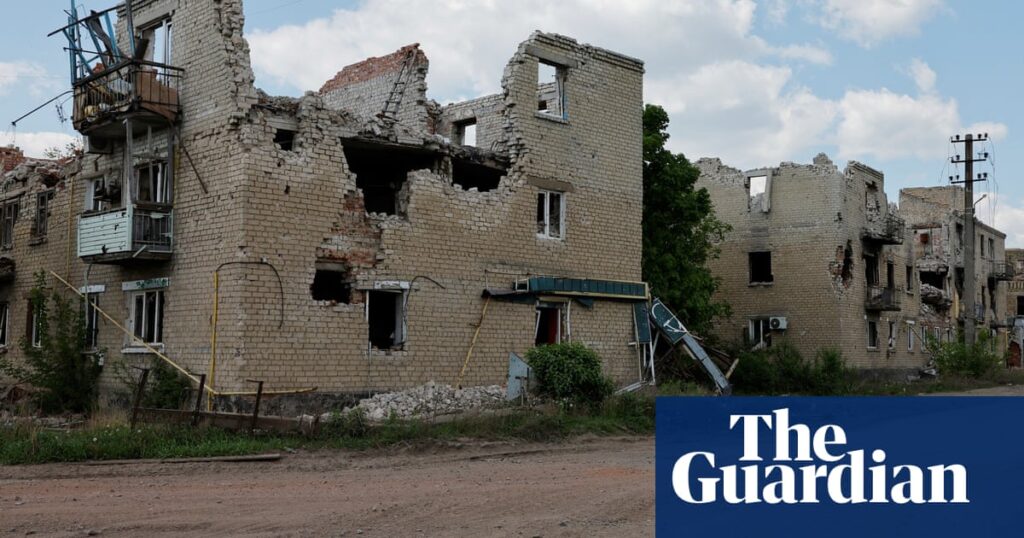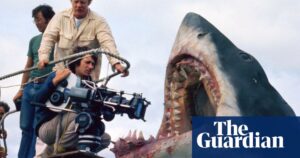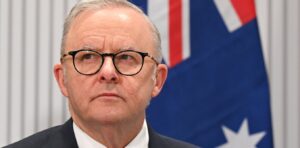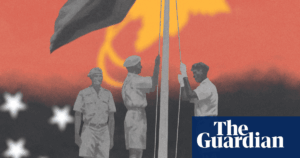
In a dramatic turn of events, Russia has claimed full control over the Luhansk region, marking a significant milestone in its ongoing conflict with Ukraine. This announcement coincides with North Korea’s somber ceremony, where leader Kim Jong-un was seen draping coffins with the national flag, allegedly of soldiers who perished fighting for Russia against Ukraine. The event was part of a larger commemoration of a landmark military treaty between Russia and North Korea.
The images broadcasted by North Korea’s state media showed Kim Jong-un solemnly covering a row of coffins with flags, pausing with both hands resting on them, during a gala performance in Pyongyang. The ceremony highlighted the deepening ties between the two nations as they navigate the geopolitical landscape shaped by the ongoing war in Ukraine.
Russia’s Strategic Advances in Ukraine
Russian forces have reportedly captured a village in the Dnipropetrovsk region, a first in their three-year offensive. This region, located to the west of Donetsk, has not been among the territories over which Russia has claimed formal control. Despite these assertions from Russian state media and pro-war bloggers, there has been no immediate confirmation from Ukrainian officials or the Russian defense ministry.
Leonid Pasechnik, a Russia-appointed official in Luhansk, announced on Monday that the region is now fully under Russian control. If verified, Luhansk would become the first Ukrainian region to be completely occupied by Russia since the conflict began. Pasechnik stated on Russia’s state TV Channel One that he received a report confirming that “100%” of Luhansk is under Russian forces’ control.
International Reactions and Economic Implications
Meanwhile, the European Union has agreed on a new long-term trade deal with Ukraine, focusing on the import of food products. This agreement comes after protests from EU farmers led to the imposition of quotas on tariff-free Ukrainian agricultural imports. The European Commission has introduced restrictions for 2024, maintaining quotas on sensitive agricultural products like cereals and poultry. In exchange, Ukraine will reduce its quotas for certain EU imports and work towards aligning its food production standards with EU regulations by 2028.
On the financial front, the International Monetary Fund (IMF) announced the completion of its eighth review of Ukraine’s $15.5 billion support program, approving an additional $500 million disbursement. This brings total disbursements to $10.6 billion. The IMF cautioned about the ongoing “exceptionally high” risks to Ukraine’s economic outlook.
Geopolitical Tensions and Diplomatic Efforts
German Foreign Minister Johann Wadephul, during a visit to Kyiv, accused Russian President Vladimir Putin of attempting to subjugate Ukraine while spreading fear across Europe. He described Putin’s willingness to negotiate as a mere facade. This sentiment is echoed by Kyiv and its allies, who have accused Russia of undermining diplomatic efforts, despite the United States’ push for a swift peace deal.
The announcement of Russia’s control over Luhansk and the unfolding events in North Korea underscore the complex dynamics at play in the region. As the conflict continues, the international community remains vigilant, balancing diplomatic efforts with economic and military strategies to address the ongoing crisis.
Looking ahead, the implications of these developments are profound. The potential full occupation of Luhansk by Russian forces could alter the strategic landscape in Eastern Europe, impacting future negotiations and peace efforts. The international response, particularly from the EU and the IMF, will play a crucial role in shaping Ukraine’s path forward amidst these turbulent times.







